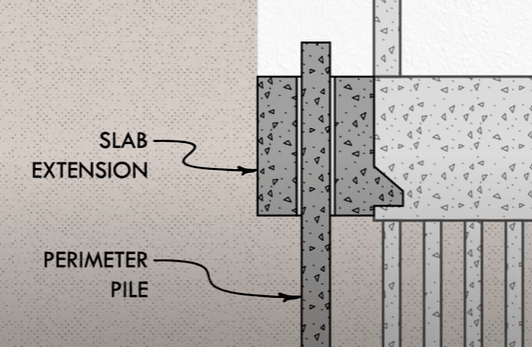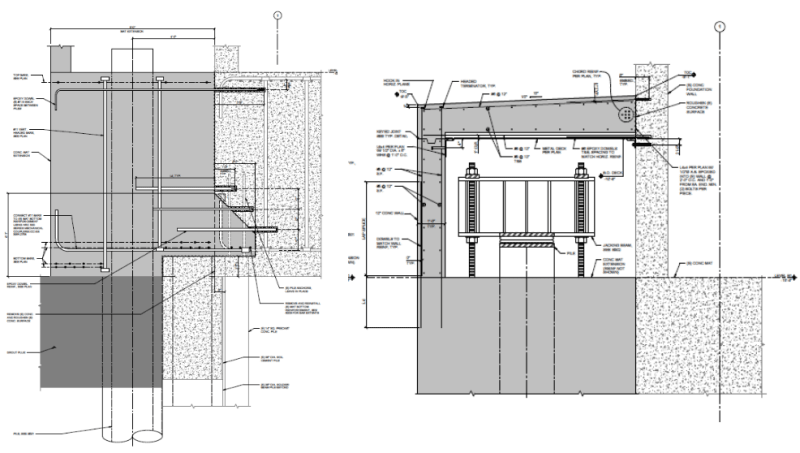1503-44
Petroleum
- Jul 15, 2019
- 6,656
"Appreciation has dropped to 2%"
Well that's less than inflation, but more than interest rates.
Although as I said, probably nobody bought in for either of those reasons.
“What I told you was true ... from a certain point of view.” - Obi-Wan Kenobi, "Return of the Jedi"
Well that's less than inflation, but more than interest rates.
Although as I said, probably nobody bought in for either of those reasons.
“What I told you was true ... from a certain point of view.” - Obi-Wan Kenobi, "Return of the Jedi"


